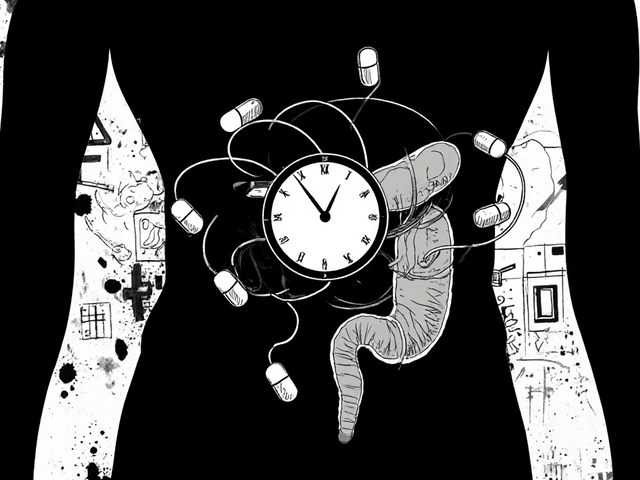A‑Fib Rate Control: Quick Tips to Keep Your Heart in Check
Living with atrial fibrillation (A‑fib) can feel like your heart’s stuck on fast‑forward. The good news? You don’t have to just ride the wave – you can actually slow it down. Below are the most effective, easy‑to‑follow ways to control your A‑fib rate and stay comfortable.
Medications That Really Work
First stop: medicines. Doctors usually start with beta‑blockers (like metoprolol) or calcium‑channel blockers (such as diltiazem). These drugs calm the heart’s electrical signals, dropping the beats per minute to a safer range.
If those aren’t enough, digoxin might be added. It’s older but still useful, especially for people who can’t tolerate beta‑blockers. Always follow your doctor’s dosing instructions – a small change can make a big difference in how you feel.
Lifestyle Tweaks That Make an Impact
Medication isn’t the whole story. Simple habits can shave off extra beats:
- Caffeine & Alcohol: Too much coffee or a nightly glass of wine can fire up A‑fib. Try cutting back and see if your pulse steadies.
- Weight Management: Extra pounds put pressure on the heart. Even a modest loss (5‑10% of body weight) often lowers the resting rate.
- Exercise Smartly: Low‑impact activities like walking or swimming keep your heart fit without over‑stimulating it. Aim for 150 minutes a week.
- Stress Reduction: Stress hormones can trigger rapid A‑fib episodes. Practices like deep breathing, yoga, or short walks help keep the rhythm calm.
These changes are easy to start and usually have no side effects – just better heart control.
When to Talk to Your Doctor
If you notice your heart racing above 100 beats per minute, feel dizzy, or get short‑of‑breath, it’s time to call your doctor. They may need to adjust medication doses or consider procedures like a catheter ablation, which targets the faulty electrical pathways.
Regular check‑ups are key. A simple ECG at each visit lets your provider see how well the rate‑control plan is working and tweak it before problems grow.
Quick FAQ
- Can I stop my meds if I feel better? No – stopping suddenly can cause a rebound spike. Talk to your doctor before any changes.
- Is A‑fib dangerous? It raises stroke risk, but good rate control and blood thinners cut that danger dramatically.
- Do over‑the‑counter drugs help? Some pain relievers (like ibuprofen) can worsen A‑fib. Always check with your pharmacist first.
Bottom line: controlling A‑fib rate isn’t a mystery. With the right meds, a few lifestyle tweaks, and regular doctor visits, you can keep your heart beating at a comfortable pace and live life without constant worry.

Bisoprolol Alternatives: Calcium Channel Blockers vs Low-Dose Beta Blockers for A-Fib Rate Control
A no-nonsense guide comparing calcium channel blockers and low-dose beta-blockers as bisoprolol alternatives for A-Fib rate control, with real-world tips, pros, and cons.




